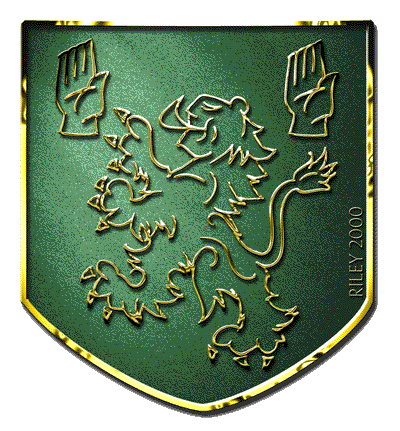Surname | Coat of Arms | Kings | Castles | Gathering | Articles | Notables
Rock of Cashel
The Rock of Cashel has a rich and important history.
Its history starts in the forth or fifth century when the Eoghanachta clan built a small defensive position on the site. Saint Patrick visited the small stronghold and converted the clan leader. Unfortunately the saint accidentally stabbed the king in the foot with his crosier. The king, thinking it was part of the initiation rite, bore the pain.
The Rock of Cashel stayed the seat of the kings of Munster until the O’Brien tribe, under leadership of Brian Boru, conquered the fortress in the tenth century. After his victory Brian Boru was crowned King of Ireland, only to be killed in the Battle of Clontarf a few years later.
In order to prevent the Eoghanachta clan, by now the McCarthys, retaking the fortress it was handed over to the Church by king Muircheartach O’Brien in 1101. As a sign of good will, Comac McCarthy built Comac’s Chapel in 1169. A stone sarcophagus in the chapel is said to contain the remains of King Cormac.
Soon it became the seat of the archbishop. Under the Church the settlement expanded rapidly. A chapel in the twelfth century, followed by the cathedral in the thirteenth century and the Hall of the Vicars in the fifteenth century. The wealthy community was ransacked in 1647 by Cromwellian forces.
Early in the eighteenth century the Protestant Church took over the Rock of Cashel for 20 years and this was the last time the Rock was officially used as a place of worship.
- Additional Information (new window will open)
- Cashel – Rock of Cashel

